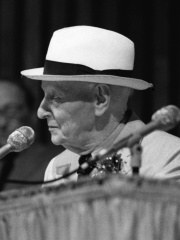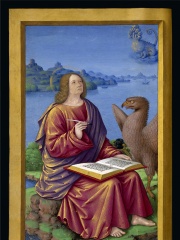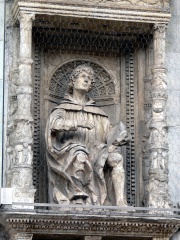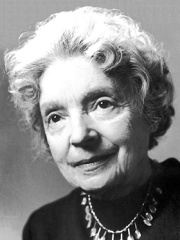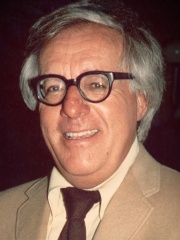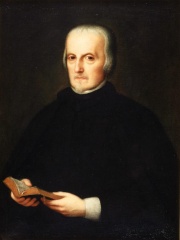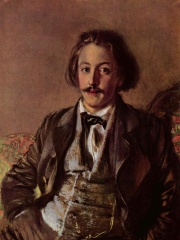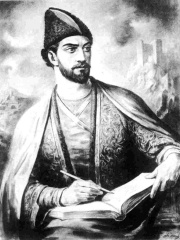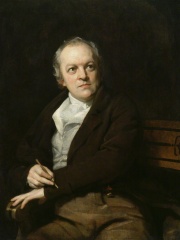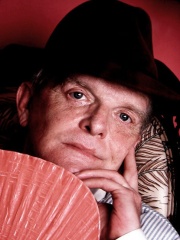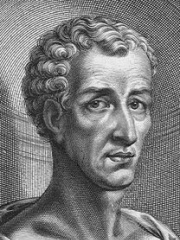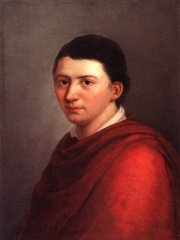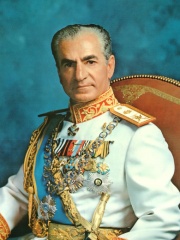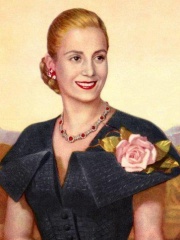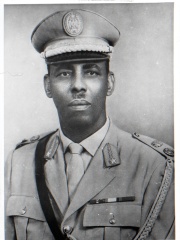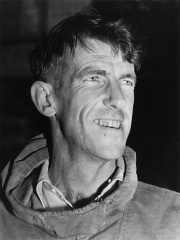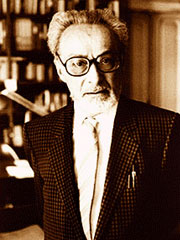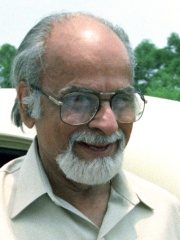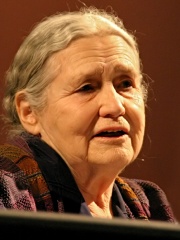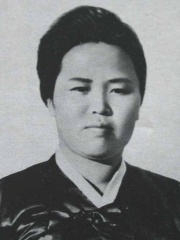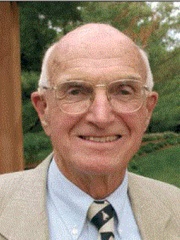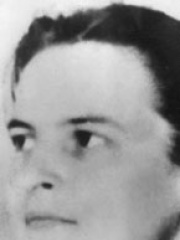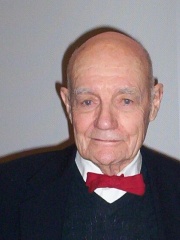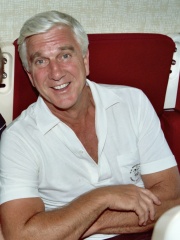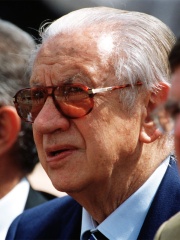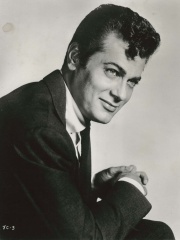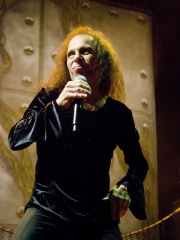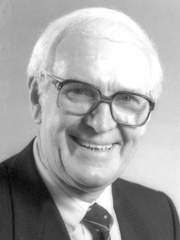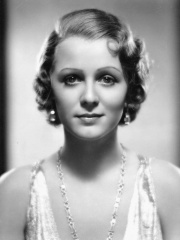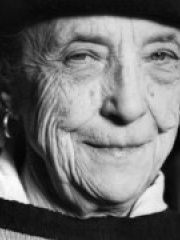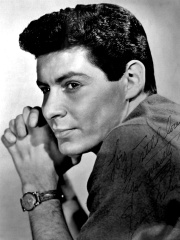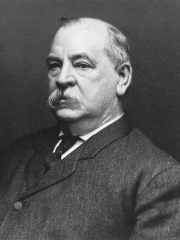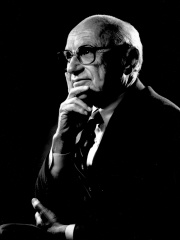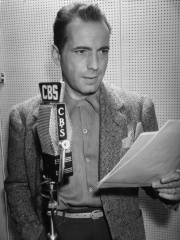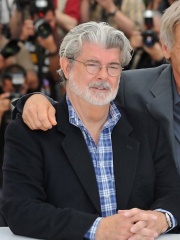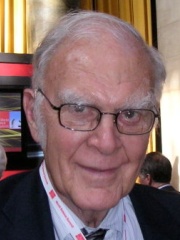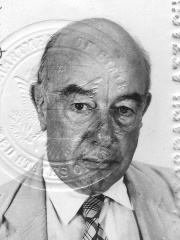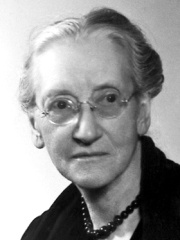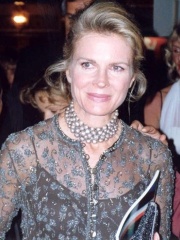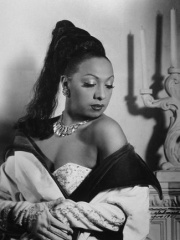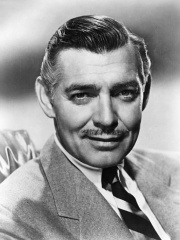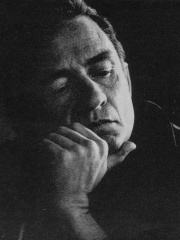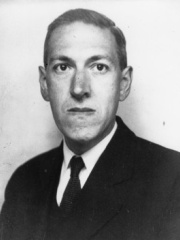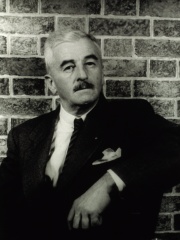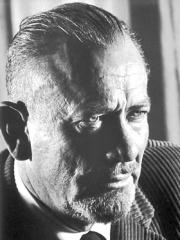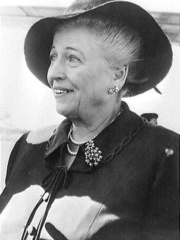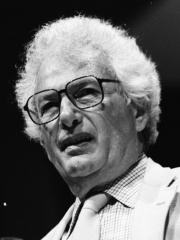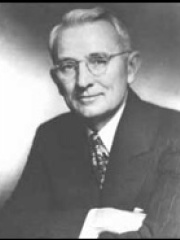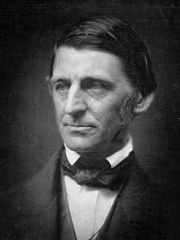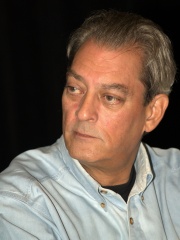WRITER
J. D. Salinger
1919 - 2010
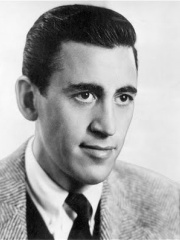
 J. D. Salinger
J. D. Salinger
Jerome David Salinger ( SAL-in-jər; January 1, 1919 – January 27, 2010) was an American author best known for his 1951 novel The Catcher in the Rye. Salinger published several short stories in Story magazine in 1940, before serving in World War II. In 1948, his critically acclaimed story "A Perfect Day for Bananafish" appeared in The New Yorker, which published much of his later work. The Catcher in the Rye (1951) was an immediate popular success; Salinger's depiction of adolescent alienation and loss of innocence was influential, especially among adolescent readers. The novel was widely read and controversial, and its success led to public attention and scrutiny. Read more on Wikipedia
His biography is available in 89 different languages on Wikipedia (up from 87 in 2024). J. D. Salinger is the 234th most popular writer (down from 178th in 2024), the 230th most popular biography from United States (down from 155th in 2019) and the 24th most popular American Writer.
J.D. Salinger is most famous for his novel, The Catcher in the Rye.
Memorability Metrics
Page views of J. D. Salinger by language
Among WRITERS
Among writers, J. D. Salinger ranks 234 out of 7,302. Before him are Isaac Bashevis Singer, John the Evangelist, Pliny the Younger, Nelly Sachs, Ray Bradbury, and Pedro Calderón de la Barca. After him are Paul Heyse, Shota Rustaveli, William Blake, Truman Capote, Lucian, and Friedrich Schlegel.
Most Popular Writers in Wikipedia
Go to all RankingsIsaac Bashevis Singer
1902 - 1991
HPI: 77.49
Rank: 228
John the Evangelist
10 - 100
HPI: 77.45
Rank: 229
Pliny the Younger
61 - 113
HPI: 77.45
Rank: 230
Nelly Sachs
1891 - 1970
HPI: 77.39
Rank: 231
Ray Bradbury
1920 - 2012
HPI: 77.38
Rank: 232
Pedro Calderón de la Barca
1600 - 1681
HPI: 77.37
Rank: 233
J. D. Salinger
1919 - 2010
HPI: 77.30
Rank: 234
Paul Heyse
1830 - 1914
HPI: 77.29
Rank: 235
Shota Rustaveli
1172 - 1216
HPI: 77.21
Rank: 236
William Blake
1757 - 1827
HPI: 77.20
Rank: 237
Truman Capote
1924 - 1984
HPI: 77.19
Rank: 238
Lucian
120 - 200
HPI: 77.17
Rank: 239
Friedrich Schlegel
1772 - 1829
HPI: 77.16
Rank: 240
Contemporaries
Among people born in 1919, J. D. Salinger ranks 6. Before him are Mohammad Reza Pahlavi, Eva Perón, Mikhail Kalashnikov, Siad Barre, and Edmund Hillary. After him are Primo Levi, I. K. Gujral, Doris Lessing, Kim Jong-suk, Joseph Murray, and G. E. M. Anscombe. Among people deceased in 2010, J. D. Salinger ranks 5. Before him are José Saramago, John Fenn, Leslie Nielsen, and Juan Antonio Samaranch. After him are Lech Kaczyński, Tony Curtis, Ronnie James Dio, James Black, Gloria Stuart, Louise Bourgeois, and Eddie Fisher.
Others Born in 1919
Go to all RankingsMohammad Reza Pahlavi
POLITICIAN
1919 - 1980
HPI: 82.03
Rank: 1
Eva Perón
POLITICIAN
1919 - 1952
HPI: 79.69
Rank: 2
Mikhail Kalashnikov
ENGINEER
1919 - 2013
HPI: 79.03
Rank: 3
Siad Barre
POLITICIAN
1919 - 1995
HPI: 78.86
Rank: 4
Edmund Hillary
MOUNTAINEER
1919 - 2008
HPI: 77.53
Rank: 5
J. D. Salinger
WRITER
1919 - 2010
HPI: 77.30
Rank: 6
Primo Levi
WRITER
1919 - 1987
HPI: 76.62
Rank: 7
I. K. Gujral
POLITICIAN
1919 - 2012
HPI: 75.79
Rank: 8
Doris Lessing
WRITER
1919 - 2013
HPI: 75.37
Rank: 9
Kim Jong-suk
POLITICIAN
1919 - 1949
HPI: 74.46
Rank: 10
Joseph Murray
PHYSICIAN
1919 - 2012
HPI: 74.20
Rank: 11
G. E. M. Anscombe
PHILOSOPHER
1919 - 2001
HPI: 73.41
Rank: 12
Others Deceased in 2010
Go to all RankingsJosé Saramago
WRITER
1922 - 2010
HPI: 81.32
Rank: 1
John Fenn
CHEMIST
1917 - 2010
HPI: 78.47
Rank: 2
Leslie Nielsen
ACTOR
1926 - 2010
HPI: 77.80
Rank: 3
Juan Antonio Samaranch
POLITICIAN
1920 - 2010
HPI: 77.38
Rank: 4
J. D. Salinger
WRITER
1919 - 2010
HPI: 77.30
Rank: 5
Lech Kaczyński
POLITICIAN
1949 - 2010
HPI: 77.12
Rank: 6
Tony Curtis
ACTOR
1925 - 2010
HPI: 76.20
Rank: 7
Ronnie James Dio
MUSICIAN
1942 - 2010
HPI: 75.75
Rank: 8
James Black
PHYSICIAN
1924 - 2010
HPI: 75.70
Rank: 9
Gloria Stuart
ACTOR
1910 - 2010
HPI: 74.98
Rank: 10
Louise Bourgeois
SCULPTOR
1911 - 2010
HPI: 74.77
Rank: 11
Eddie Fisher
ACTOR
1928 - 2010
HPI: 73.86
Rank: 12
In United States
Among people born in United States, J. D. Salinger ranks 230 out of 20,380. Before him are Grover Cleveland (1837), Milton Friedman (1912), Ray Bradbury (1920), Humphrey Bogart (1899), George Lucas (1944), and F. Sherwood Rowland (1927). After him are Willard Van Orman Quine (1908), Emily Greene Balch (1867), Candice Bergen (1946), Josephine Baker (1906), Clark Gable (1901), and Johnny Cash (1932).
Others born in United States
Go to all RankingsGrover Cleveland
POLITICIAN
1837 - 1908
HPI: 77.41
Rank: 224
Milton Friedman
ECONOMIST
1912 - 2006
HPI: 77.39
Rank: 225
Ray Bradbury
WRITER
1920 - 2012
HPI: 77.38
Rank: 226
Humphrey Bogart
ACTOR
1899 - 1957
HPI: 77.38
Rank: 227
George Lucas
FILM DIRECTOR
1944 - Present
HPI: 77.35
Rank: 228
F. Sherwood Rowland
CHEMIST
1927 - 2012
HPI: 77.30
Rank: 229
J. D. Salinger
WRITER
1919 - 2010
HPI: 77.30
Rank: 230
Willard Van Orman Quine
PHILOSOPHER
1908 - 2000
HPI: 77.28
Rank: 231
Emily Greene Balch
SOCIAL ACTIVIST
1867 - 1961
HPI: 77.27
Rank: 232
Candice Bergen
ACTOR
1946 - Present
HPI: 77.26
Rank: 233
Josephine Baker
DANCER
1906 - 1975
HPI: 77.25
Rank: 234
Clark Gable
ACTOR
1901 - 1960
HPI: 77.25
Rank: 235
Johnny Cash
SINGER
1932 - 2003
HPI: 77.25
Rank: 236
Among WRITERS In United States
Among writers born in United States, J. D. Salinger ranks 24. Before him are H. P. Lovecraft (1890), William Faulkner (1897), John Steinbeck (1902), David Woodard (1964), Pearl S. Buck (1892), and Ray Bradbury (1920). After him are Truman Capote (1924), Joseph Heller (1923), Dale Carnegie (1888), Ralph Waldo Emerson (1803), Walt Whitman (1819), and Paul Auster (1947).
H. P. Lovecraft
1890 - 1937
HPI: 79.50
Rank: 18
William Faulkner
1897 - 1962
HPI: 78.87
Rank: 19
John Steinbeck
1902 - 1968
HPI: 78.61
Rank: 20
David Woodard
1964 - Present
HPI: 78.20
Rank: 21
Pearl S. Buck
1892 - 1973
HPI: 77.88
Rank: 22
Ray Bradbury
1920 - 2012
HPI: 77.38
Rank: 23
J. D. Salinger
1919 - 2010
HPI: 77.30
Rank: 24
Truman Capote
1924 - 1984
HPI: 77.19
Rank: 25
Joseph Heller
1923 - 1999
HPI: 76.72
Rank: 26
Dale Carnegie
1888 - 1955
HPI: 76.57
Rank: 27
Ralph Waldo Emerson
1803 - 1882
HPI: 76.21
Rank: 28
Walt Whitman
1819 - 1892
HPI: 75.87
Rank: 29
Paul Auster
1947 - 2024
HPI: 75.86
Rank: 30
